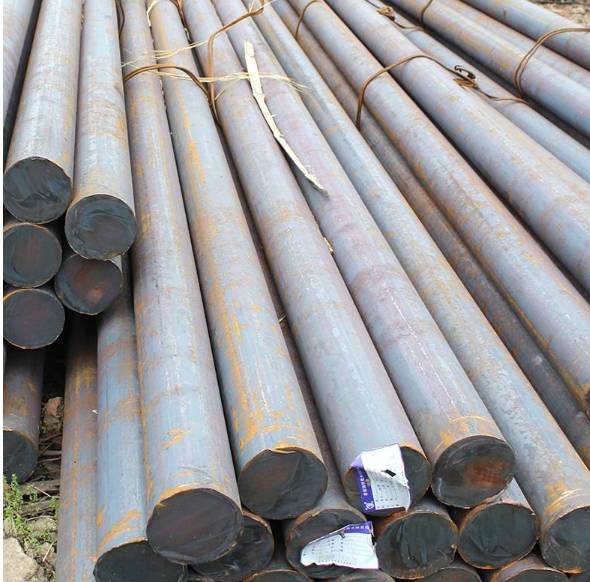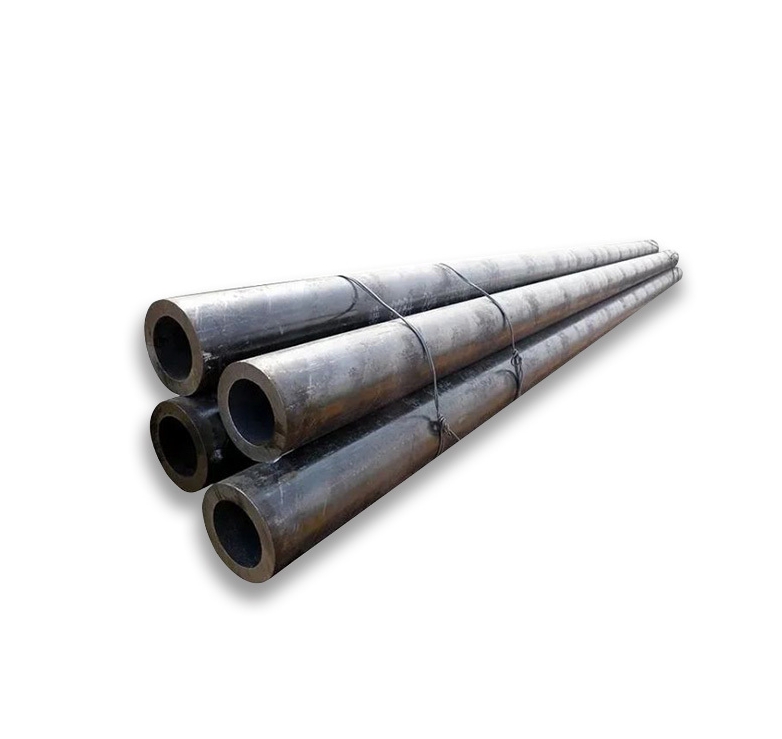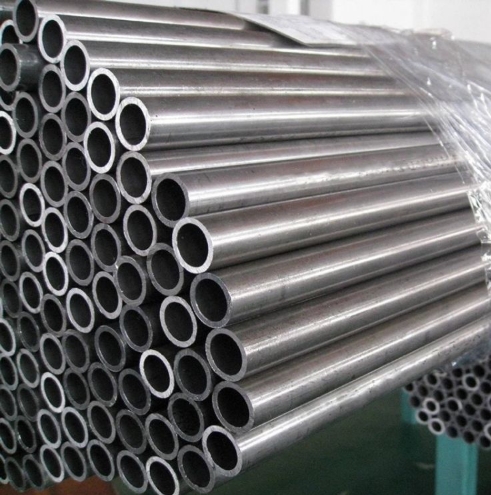When it comes to construction, manufacturing, and engineering, carbon steel is a popular choice. Its strength and affordability make it a go-to material. However, like any material, carbon steel disadvantages are significant and often overlooked. Understanding these weaknesses is crucial for making informed decisions. This article uncovers five shocking carbon steel disadvantages, supported by real-world data, practical examples, and expert insights.
Let’s dive into the details and see how these weaknesses can impact your projects and what solutions exist.

1. Corrosion Susceptibility: The Biggest Weakness
What’s the Issue?
Carbon steel disadvantages include its high susceptibility to rust and corrosion. Without proper treatment, exposure to moisture causes oxidation, weakening the material over time. This is especially problematic in marine or humid environments.
How to Overcome It
Applying protective coatings, galvanization, or using corrosion-resistant alloys can mitigate this issue. Regular maintenance is also essential to prolong lifespan.
Real-World Case
For example, a bridge built with untreated carbon steel experienced significant rust after just five years. The maintenance costs skyrocketed, highlighting corrosion as a major weak point.
Related Keywords: rust resistance, corrosion protection, steel maintenance
Transition: Now, let’s compare carbon steel with alternative materials to see how corrosion resistance stacks up.
2. Weakness in High-Temperature Applications
The Problem
Carbon steel disadvantages become evident when exposed to high temperatures. It tends to lose strength and ductility, which can lead to deformation or failure in thermal environments.
The Solution
Using alloy steels or stainless steels for high-temperature applications offers better performance. These materials maintain structural integrity under heat stress.
Case Study
In a power plant, components made of carbon steel failed prematurely due to high operating temperatures. Switching to alloy steel reduced failure rates by 40%, proving the importance of material choice.
Related Keywords: high-temperature steel, thermal resistance, alloy steel
Transition: To understand the full picture, let’s compare carbon steel with alloy steel in terms of heat resistance.
3. Mechanical Weaknesses and Ductility Issues
The Core Problem
Carbon steel disadvantages include its limited ductility and toughness, especially at higher carbon contents. This makes it prone to cracking under stress or impact.
How to Address It
Design modifications, such as reducing carbon content or heat treatment, can enhance ductility. Alternatively, selecting different steel grades may be necessary.
Example
In a seismic zone, structures made with high-carbon carbon steel experienced more cracks during earthquakes. Using low-carbon or specialized steels improved resilience.
Related Keywords: ductility, impact resistance, steel grades
Transition: Let’s now compare the mechanical properties of carbon steel versus stainless steel.
4. Environmental Impact and Sustainability Concerns
The Issue
Carbon steel disadvantages extend beyond physical properties. Its production emits significant CO₂, contributing to environmental issues. Additionally, its recyclability is high, but the energy consumption is substantial.
The Solution
Adopting greener manufacturing practices and exploring alternative materials can reduce environmental footprints. Recycling steel helps, but energy-efficient processes are vital.
Data Point
According to the World Steel Association, steel production accounts for approximately 8% of global CO₂ emissions. This highlights the importance of considering carbon steel disadvantages from an ecological perspective (Source: World Steel Association, 2023).
Related Keywords: sustainable steel, eco-friendly materials, steel recycling
Transition: To make an informed choice, compare the environmental impacts of carbon steel with other materials.
5. Cost and Economic Disadvantages
The Key Point
While carbon steel is affordable initially, its maintenance and longevity issues can lead to higher lifetime costs. Corrosion, wear, and need for replacements add up over time.
How to Minimize Costs
Investing in protective coatings or selecting alternative steels for specific applications can reduce long-term expenses.
Practical Example
A manufacturing plant initially saved on carbon steel but faced frequent repairs. Switching to corrosion-resistant alloys saved money over five years.
Related Keywords: cost-effective steel, maintenance costs, steel durability
Comparing Carbon Steel and Stainless Steel: A Quick Table
| Feature | Carbon Steel | Stainless Steel |
|---|---|---|
| Corrosion Resistance | Low | High |
| Cost | Lower upfront | Higher |
| Mechanical Strength | Good but limited impact toughness | Excellent impact toughness |
| Environmental Impact | High CO₂ emissions during production | Lower due to recyclability |
| Ductility | Moderate | High |
Table 1: Comparing key features of carbon vs stainless steel.
This table clarifies why carbon steel disadvantages can be significant, especially in corrosive environments.
How to Manage and Mitigate Carbon Steel Disadvantages: 5 Practical Steps
- Assess Application Needs: Determine if corrosion resistance or high-temperature strength is critical.
- Choose Appropriate Steel Grade: Use low-carbon or alloy steels for specific environments.
- Apply Protective Coatings: Use paint, galvanization, or other coatings to prevent rust.
- Invest in Proper Maintenance: Regular inspections and repairs extend lifespan.
- Consider Alternative Materials: When appropriate, explore stainless or composite materials.
Following these steps ensures you make smart choices and minimize carbon steel disadvantages.
Final Operational Checklist
- Have you assessed the environmental conditions of your project?
- Did you select the appropriate steel grade for temperature and corrosion?
- Are protective coatings or treatments in place?
- Do you have a maintenance schedule for inspection and repairs?
- Have you considered alternative materials for critical applications?
- Is your team aware of carbon steel disadvantages and mitigation strategies?
- Are you tracking industry updates on steel innovations?
- Have you consulted with suppliers about material options?
- Are you balancing initial costs with long-term durability?
- Do you have a contingency plan for unexpected failures?
Conclusion
Carbon steel disadvantages are real and impactful. From corrosion and mechanical weaknesses to environmental concerns, understanding these issues helps you make smarter choices. Proper planning and material selection are key to avoiding costly mistakes.
Remember, partnering with experienced suppliers like Shanxi Luokaiwei Steel Company ensures access to high-quality steel and expert advice. Our products are optimized to minimize carbon steel disadvantages while maximizing performance.
Stay informed, plan carefully, and always prioritize durability and sustainability. Your projects depend on it.
Ready to tackle your steel needs? Contact Shanxi Luokaiwei Steel Company today for reliable, high-quality steel solutions tailored to your requirements!








